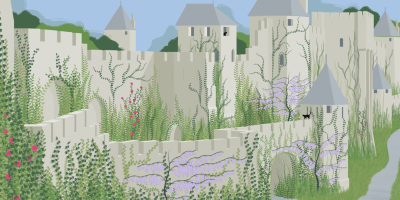Abstract
Making discoveries is the most important part of being a scientist, and also the most fun. Young scientists need to develop the experimental and mental skill sets that enable them to make discoveries, including how to recognize and exploit serendipity when it strikes. Here, I provide practical advice to young scientists on choosing a research topic, designing, performing and interpreting experiments and, last but not least, on maintaining your sanity in the process.

References
Yewdell, J. W. How to succeed in science: a concise guide for young scientists. Part I: taking the plunge. Nature Rev. Mol. Cell Biol. 10 April 2008 (doi:10.1038/nrm2389).
Huxley, T. H. Nature: aphorisms by Goethe, Nature 1, 9–11 (1869).
Goodman, A. Intuition (The Dial Press, Bantam Dell Publishing Group, 2007).
Acknowledgements
The author is grateful to the many junior and senior scientists who shared their insights into scientific success. B. Dolan, K. Grebe, S. Hensley and J. Ishizuka made valuable suggestions for improvements to the manuscript.
Author information
Authors and Affiliations
Related links
Rights and permissions
About this article
Cite this article
Yewdell, J. How to succeed in science: a concise guide for young biomedical scientists. Part II: making discoveries. Nat Rev Mol Cell Biol 9, 491–494 (2008). https://doi.org/10.1038/nrm2390
Published:
Issue Date:
DOI: https://doi.org/10.1038/nrm2390
- Springer Nature Limited
This article is cited by
-
How to succeed in science: a concise guide for young biomedical scientists. Part I: taking the plunge
Nature Reviews Molecular Cell Biology (2008)


